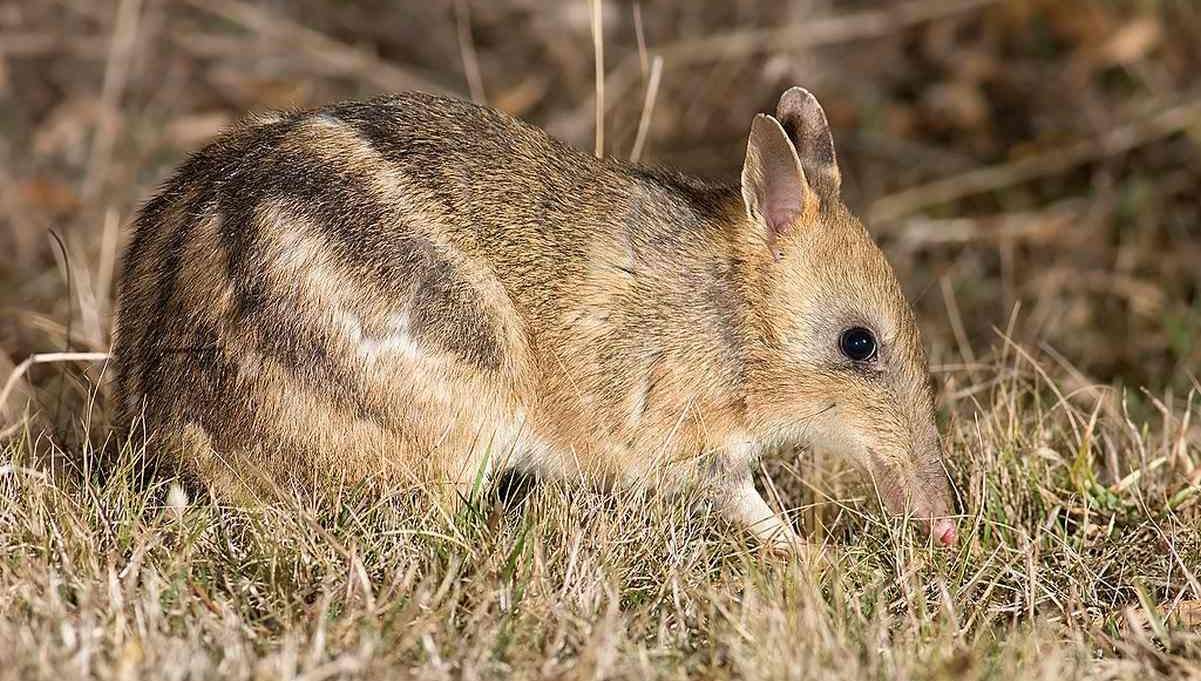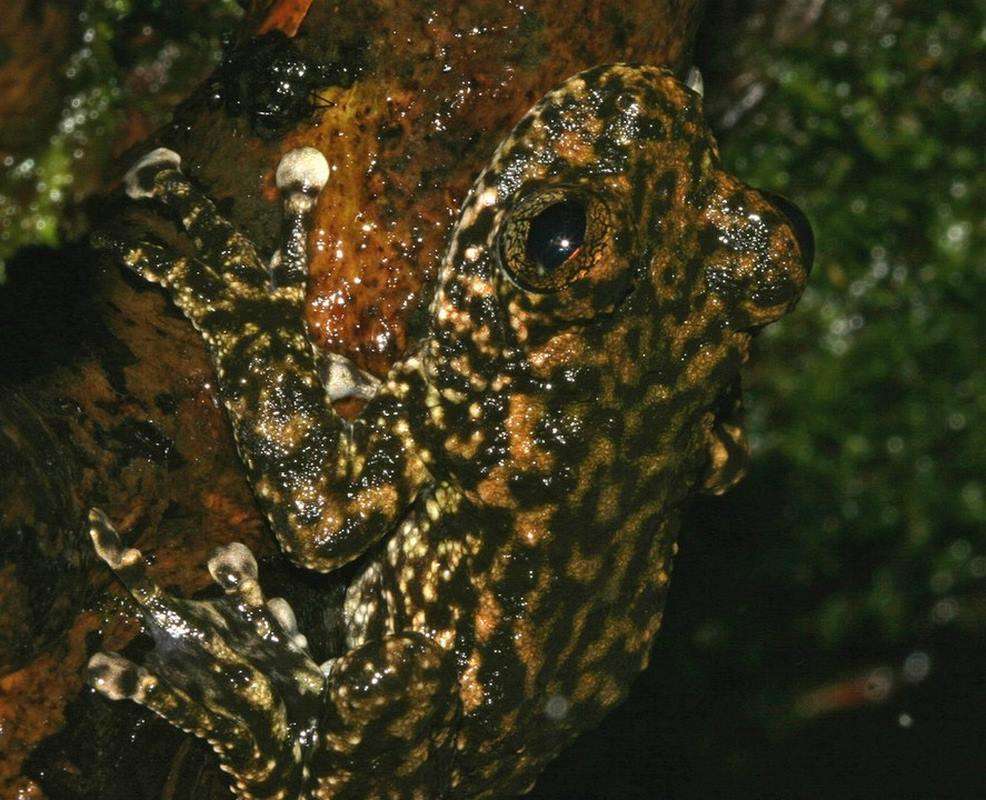Lovebirds Tie the Knot in Their 80s After Meeting on a Dating Website-Bride 'Highly Recommends' it
Tricia now believes more octogenarians should embrace online matchmaking after the pair enjoyed a "magical" wedding in front of 115 guests.

A large research project studying endangered species in Australia has tallied 29 recovered species-all animals that can be safely de-listed from the country's endangered species list.
Australia's Protection and Biodiversity Conservation (EPBC) Act currently lists 446 species of animals in genuine need of protection, but 29 of those are no longer in need-15 mammals, 8 birds, 4 frogs, a reptile, and a fish.
Among these critters are the golden, Western barred, and Eastern barred bandicoots, Western quoll, sooty albatross, waterfall frog, Flinder's Range worm-lizard, yellow-footed rock wallabies, greater bilby, humpback whale, growling grass frog, Murray's cod, and others.
Australia has been a focus of endangered species conservation for decades because so many of the animal varieties are found nowhere else.
Invasive predators introduced and living here for decades, including foxes and cane toads, have proven highly disruptive to local wildlife like bandicoots and bilbies.
Unlike America's ESL, the EPBC doesn't mandate that species be reviewed regularly for recovery. These large scientific papers are rare and represent moments to celebrate for Australia's conservationists.

The paper, published in Science was conducted by a variety of Australian academic institutions and concluded that conservation managers should aim to measure success at least in part through documentation of recoveries based on stability, ranges, and populations of the current day, even though this represents a smaller fraction of what these were before Australia was colonized.
This they argue will help coordinate conservation efforts and funding for the animals whose populations are decreasing, and address threats that are a danger to multiple animal species at once.
SHARE These Conservation Gains Down Under With Your Friends Worried About Extinctions…
Be the first to comment